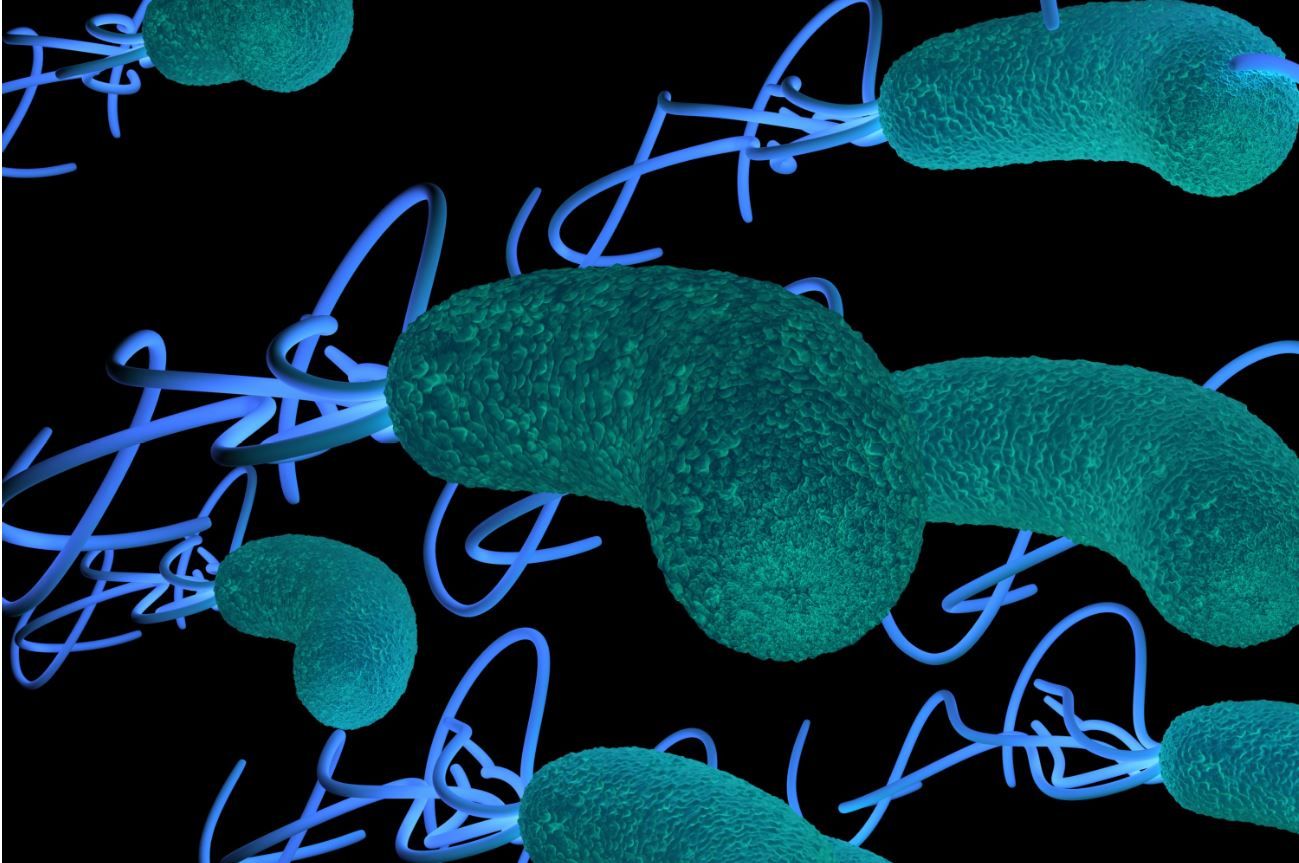H Pylori Independently Associated with Carotid Plaque Formation, Investigators Find
Helicobacter pylori infection in early-middle-aged adults was associated with higher BMI, triglyceride levels, carotid plaque formation, and carotid intima-media thickness.
©royaltystockphoto/stock.adobe.com

Infection with Helicobacter pylori is an independent risk factor for carotid plaque formation as well as for higher body mass index (BMI) and triglyceride levels, according to findings from a cross-sectional study of Chinese patients, published in Annals of Medicine. The relationship, study authors note, may have implications for H. pylori screening and treatment.
As context for their research, investigators at Dezhou People’s Hospital in China, led by Haiqing Liang, point to existing evidence for an association between H. pylori infection and atherosclerosis.
What is not well studied and is the basis for the current study, they say, is whether there is a relationship between infection with H. pylori and age, gender, BMI, blood lipids, and carotid plaque formation.
For the cross-sectional analysis, Liang et all drew data from 810 patients treated at Dezhou People’s Hospital from January 2016 to December 2019. From an initial potential population of 1389 assessed for eligibility, 579 were excluded for history of hyperlipidemia and/or chronic disorders, such as coronary heart disease, stroke, hypertension, and diabetes or for declining to participate.
A 2-step fasting 13C-urea breath test was administered to all participants for detection of H. pylori and all underwent carotid vessel imaging with Doppler ultrasound.
Demographic data collected included sex, age, weight, height, BMI, blood pressure, medical history, and current medication use. Levels of triglyceride, total cholesterol, high-density lipoprotein (HDL), and low-density lipoprotein (LDL) were measured.
Approximately half of the patients were aged 44 to 55 years, 40% were younger than 44 years, and 13% were older than 55 years.
Results
Four hundred and fifty participants (46%) were positive for H. pylori infection and 360 participants (44%) were H. pylori-negative. Imaging revealed cervical vascular plaque formation in 291 patients (40%) in the overall group. Incidence of carotid plaque was significantly higher in the H. pylori-positive group vs the H. pylori-negative group (41.3% vs 29.2%, p=.006.) Carotid intima-media thickness also was greater in the H. pylori-positive vs H. pylori-negative group (0.69 ± 0.09 vs. 0.77 ± 0.01, p = .001).
Among participants, 445 had BMI <25 kg/m2 and 365, ≥25 kg/m2. The proportion of patients with BMI ≥25 kg/m2 was significantly higher in the H. pylori-positive vs H. pylori-negative group. Patients who tested positive for H. pylori infection also were significantly more likely to have triglyceride levels >1.7 mM.
Investigators did not find significantly different levels of total cholesterol, HDL, or LDL among patients with or without H. pylori infection.
Notably, in multivariate logistic regression analysis, Liang and colleagues found that H. pylori infection was a significant independent risk factor for plaque formation, elevated BMI, and higher triglyceride levels (odds ratio, 1.46, 1.43, and 1.42, respectively).
In a discussion of possible explanations for the relationship, the authors write that “H. pylori can directly invade blood vessels to … accelerate the proliferation of vascular smooth muscle cells or endothelial cells and promote thrombosis.” H. pylori also is known to increase blood lipid and fibrin levels, which may contribute to formation of atherosclerosis, wrote the authors. The increased triglyceride levels and BMI in patients with H. pylori infection may be confounding factors in the link between H. pylori and carotid atherosclerosis risk, they said.
Reference: Liang H, Lin S, Ji Y, Xiao Y, Zheng G. Helicobacter pylori increases the risk of carotid plaque formation: a clinical evidence. Ann Med. 2021;53(1): 1448-1454. doi:10.1080/07853890.2021.1927169.